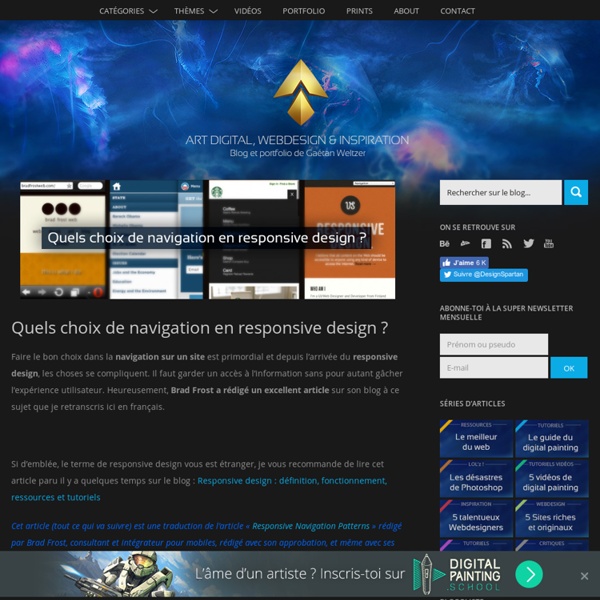



io Sencha Space is an advanced platform for securely deploying mobile apps and delivering a consistent, elegant, mobile user experience to end-users. Users can launch any mobile web app, or HTML5 app in a secure, managed environment. Your users will have secure access to mission critical applications and data regardless of their mobile platform or location. Sencha Space simplifies your mobile strategy Improve Efficiency Reduce the time, cost, and complexity of developing and deploying secure mobile apps Centrally manage users, apps, and data Manage access to critical data and user privileges from one centralized administrative console Secure sensitive data Protect mission critical data on individual devices and on the network Sencha Space Mobile Workspace Administration application Adding your organization’s applications to Sencha Space is easy. Sencha Space is a native mobile app that is installed on end users’ devices Sencha Space with your organization’s apps ready for users
Adaptive Images in HTML Less Framework 4 I called Less Framework "a CSS grid system for designing adaptive websites". It was basically a fixed-width grid that adapted to a couple of then popular screen widths by shedding some of its columns. It also had matching typographic presets to go with it, built with a modular scale based on the golden ratio. The resources it was originally published with are still available on GitHub. Contrary to how most CSS frameworks work, Less Framework simply provided a set of code comments and visual templates, instead of having predefined classes to control the layout with. This is how I still work today and definitely a method I advocate. /* Default Layout: 992px. Less Framework was popular in the early days of responsive design. Eventually, I moved on from fixed-width grid systems and worked on a fully fluid-width one, in the form of Golden Grid System. Less Framework's popularity was helped by the following contributions and the lovely people behind them (dead links crossed off):